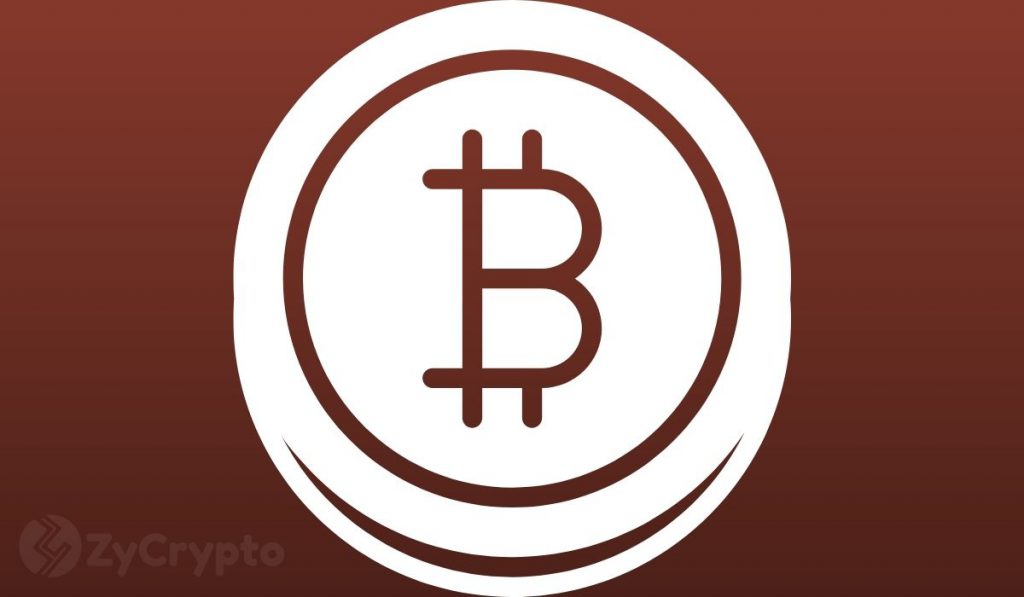In a recently published report, Michael Cembalest, JPMorgan Asset & Wealth Management Chairman has slammed Bitcoin, terming the hype around the cryptocurrency and lofty valuations as the “stuff that dreams are made of.”
In the 28 page report dubbed “The Maltese Falcoin”, he pieces together some glaring facts that betray much-vaunted but brittle use cases of cryptocurrencies. The name of the report emanates from a 1941 film called ‘The Maltese Falcon’ which depicts a golden falcon artifact whose value is hyped only to turn out much like the 1634-1637 Tulip mania.
As per the report, volatility is the biggest hindrance to Bitcoin’s mainstream adoption. “Bitcoin’s volatility continues to be ridiculously high, and its volatility often rises when equity market volatility is rising too,” he writes. Wild volatility can be caused by the large concentration of coins by a few entities, attacks on exchanges, regulatory risks among others.
“2% of Bitcoin holders own 72% of its value. It takes 10% of US households to get to 70% wealth, rather than just 2%,” he adds. For this reason, he finds claims of Bitcoin being a Medium of exchange untenable. Further, the current valuation thesis basis for the cryptocurrency as a medium of exchange “makes no sense”.
“The declining number of Bitcoin transactions per day and the spikes in execution costs bear no resemblance to any functioning fiat currency,” he continues.
 
 
Moreover, despite Bitcoin’s price surging, he sees the acceptance of the cryptocurrency in transactions or wages as having no viability since the price of goods or services simply adjusts to fiat currency terms.
While the pundit does not reject the notion that Bitcoin could oust gold as the global leader in storing value, he argues that more and more people have to use it as such; its volatility must settle into a range consistent with store of value investing and; its price must go up or remain stable when systemic risks and/or inflation are rising.
According to the report, despite the disintermediation of banks and various financial platforms ongoing, there is still some vagueness as to how it’s done with DeFi. Cembalest specifically points out how dangerous peer-to-peer uncollateralized DeFi lending is to the overall market given the high volatility of cryptocurrencies.
Presenting a chart that depicts a close correlation between DeFi lending and Ethereum’s price, he notes, “It does not appear to be the kind of lending activity that could survive a large sustained decline in crypto prices themselves.”
That said, the pundit, who is also yet to wrap his head around NFTs, notes that he is not buying the Bitcoin story, at least for now.
“I won’t be buying it even though part of me wants to, regardless of consequences, since that’s what some crypto holders have been counting on from the beginning.”


